Jaguar XF Saloon (2008-2015) review
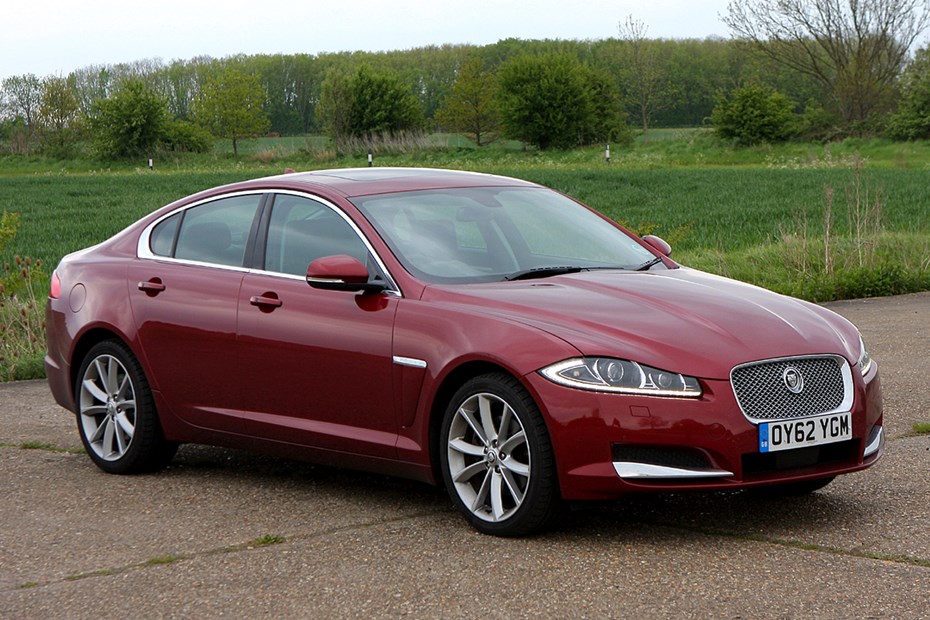
At a glance
| Price new | £29,150 - £53,353 |
|---|---|
| Used prices | £903 - £11,606 |
| Road tax cost | £165 - £760 |
| Insurance group | 33 - 49 |
Get an insurance quote with

|
|
| Fuel economy | Not tested to latest standards |
| Range | 334 - 802 miles |
| Number of doors | 4 |
| View full specs for a specific version | |
Available fuel types
Petrol
Diesel
Pros & cons
- Modern and elegant styling
- Unique interior
- Supremely comfortable
- Classier image than a BMW or a Mercedes
- Rear seat space a little cramped
Jaguar XF Saloon (08-15) rivals
Overview
Years of criticism for being too ‘traditional’ and flagging sales prompted Jaguar to take a radical step when replacing the S-Type. The Jaguar XF has hints of previous Jaguars in details of its design, but looks and feels every inch a modern, upmarket saloon, making it one of the best used cars for less than £5,000.
On sale until 2015, the XF received a comprehensive mid-life facelift and became the cornerstone of the modern Jaguar range. Today, it’s a highly attractive used buy, offering the old Jag adage of ‘grace, pace and space’ for a fraction of the cost of a new model. In fact, compared to the latest XF, the Mk1 feels even more Jag-like, with a fantastic interior that effortlessly blends contemporary styling with traditional materials.
The XF range is wide, with sensible diesels going all the way up to a brutally supercharged 5.0-litre V8? Competitors? Well, naturally the Germans – the BMW 5 Series is the most obvious choice, with a model to rival every variant of the XF. You might also consider something like a Lexus GS as a left-field but dependable alternative.
Jaguar XF known faults and common problems
It’s all about prestige with an XF. Poorly-maintained examples will cost a lot to keep going – as with any luxury car, parts can be expensive and the more sophisticated systems are complex to repair.
The reliability record isn’t faultless, and the Mk1 XF was subject to 13 recalls over its time on sale – but the same can be said of almost any luxury car of its time. Crucially, most of the engines are fairly solid and well-proven, and well cared-for examples are easy to spot and plentiful. Performance models were ballistic but will have led correspondingly harder lives – the examples most likely to give painless ownership will have undergone gentle mileage, many of them with older drivers.
Buying guide
Common problems, and what to look for if you’re looking at getting one.
1. RECALCITRANT ELECTRONICS
As with most luxury cars of the era, the XF was stuffed full of electronic goodies. In the earliest cars, these will be getting on for 15 years old – so it’s hardly surprising that they might be suffering a few gremlins.
Check that all the interior features work, such as the motorised air vents or the rising rotary gear selector. The touchscreen infotainment system is decidedly dated nowadays, but this can be swapped out for a more modern unit. It’s not a job you’ll want to tackle yourself though as a lot of dashboard disassembly is required.
2. CRAMPED BACK SEATS
Jaguar’s all-aluminium construction meant the XF was fantastically lightweight – and not prone to rust, either. However, the reduced strength of aluminium compared to steel meant more material was needed and this was more keenly felt in the back seats, which are decidedly cramped.
The sloping roofline issue is fixed if you opt for the XF Sportbrake estate but legroom is quite tight regardless. However, the Jag does hit back with an impressive 500 litres of boot space – more than its key rivals.
3. DPF WOES
Most Jaguar XFs of this era – as with most cars of its size – will have been diesels. A variety were available over its lifespan, with 2.2, 2.7 and 3.0-litre models all available at various times. None of them are particularly fond of a life spent around town, though.
Too many short journeys can lead to the diesel particulate filters becoming clogged and not regenerating as they should. This can lead to an expensive repair and is best avoided. If possible, find an XF that’s had plenty of longer, fast journeys.
4. HIDDEN RUST
The structure of the XF may have been aluminium but some of its external components were not. Chrome trim, especially on the boot, can be a rust trap – caused during manufacturing when the chrome strips are fitted before the paint finish has had time to cure.
Check carefully around any areas of trim before you buy the XF, as they could be hiding tin worm.
5. PRICEY PARTS
It’s a luxurious model, and parts are priced accordingly – especially if you buy them directly from Jag. Shop around. The XF’s engines were shared with models as diverse as the Ford Mondeo and the Citroen C6, so cheaper replacement parts could be available generically.
As for bespoke items of trim or electronics, you may need to stump up for these from Jag – or find a friendly breaker’s yard.
6. BATTERY DRAINS
Many XF owners have complained that the battery drains down very quickly when parked. This can be caused by a few things.
The electronic parking brake may not be applied correctly, and sometimes if the car isn’t double locked then the built-in Bluetooth can stay online, constantly searching for a phone. The same can apply to the interior lighting, which has proximity sensors which can fail. For best results, press the ‘lock’ button on the key fob twice – a good habit to get into anyway, as it deadlocks the doors.
7. PEDESTRIAN PROTECTION
The XF came with a ‘pop-up’ bonnet to protect pedestrians in the event of an impact. It could be triggered at low speeds and used a pair of airbags underneath it to raise it and cushion anything that might have been hit.
If this has been triggered – and it can be at fairly low speeds, or by hitting animals – the repair bills can be high enough to write the car off totally. It’s not something your local garage can repair, either. If you come across a car where this has been deployed, steer well clear.
8. RELAY THEFT
Any desirable car with keyless entry can be targeted by thieves for a so-called ‘relay’ burglary – where a simple electronic box amplifies the signal from your car keys within your house to unlock the car on your drive. Jaguar Land Rover models are particularly vulnerable, however, and often very desirable.
Consider keeping your keys within a Faraday pouch to minimise the risk of theft.
9. WINDSCREEN DELAMINATION
The windscreen edges can be prone to delamination. When the car was newer Jaguar would foot some of the bill for this, but nowadays you will have to cough up the full amount yourself. Many XFs have heated windscreens, which is a boon in winter but increases the replacement bill.
10. TPMS ISSUES
The tyre-pressure monitoring system has sensors on the valves which can become corroded and stop working. This then throws up a persistent fault. Check each wheel before purchase.
What models and trims can you buy?
All XFs are sumptuously equipped with leather upholstery, electric seats, climate control, cruise control, and rear parking sensors. Stepping up to Premium Luxury brings a premium sound system, the aforementioned heated windscreen and lumbar support for the seats – an essential in our eyes.
Portfolio is the range-topper and gets 19-inch alloy wheels, heated and cooled seats, the top-tier Meridian sound system and plenty of extra goodies.
The XF engine range changed a lot over its time on sale. At launch, it was available with two petrol engines or a diesel. The petrols were a 3.0-litre V6 or 4.2-litre V8, while the diesel was a 2.7-litre V6. These were all carried over from the previous S-Type and while they were powerful they did lack a little refinement and economy.
March 2009 saw the 4.2-litre unit replaced by the 5.0-litre V8 that’s still on sale in certain Jags today. The 2.7-litre diesel was replaced by a much more refined 3.0-litre unit. Later, a higher-powered version of this 3.0-litre was put up, as was the XF’s first four-cylinder engine – the 2.2-litre diesel. This provided the best economy of the lot, up to 57mpg officially.
Over the next few pages, we’ll review each aspect of the Jaguar XF, taking into account its practicality, comfort, fuel economy and performance. If you’re short on time, you can also skip to our verdict page to see if we recommend the Jaguar XF as a good used car.



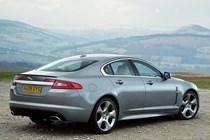
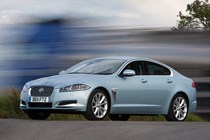
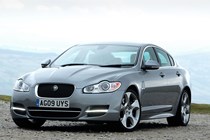
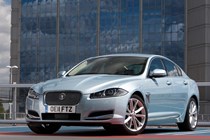
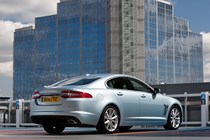
.jpg)
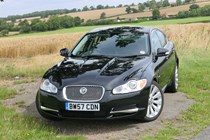
.jpg)
.jpg)
.jpg)
.jpg)
.jpg)
.jpg)
.jpg)
.jpg)
.jpg)
.jpg)
.jpg)
.jpg)
.jpg)
.jpg)
.jpg)
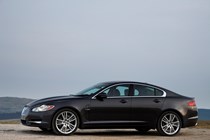
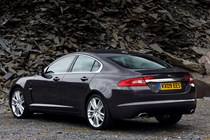
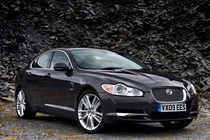
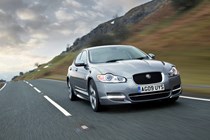
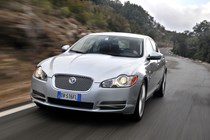
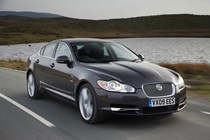
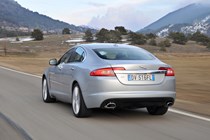
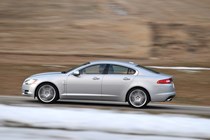
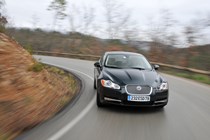
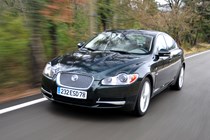
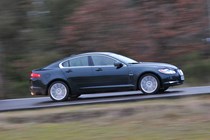
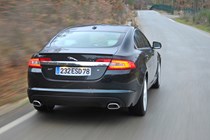
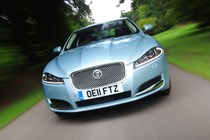
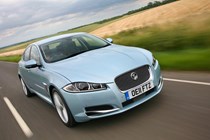
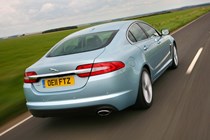
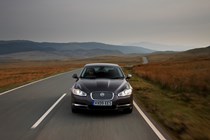
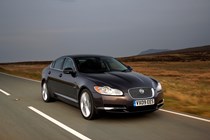
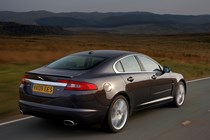
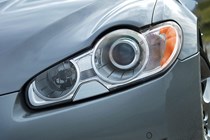
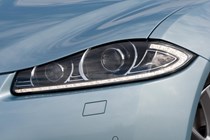
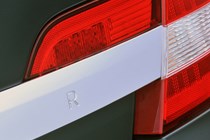
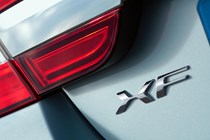
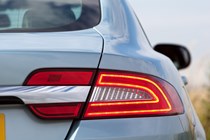
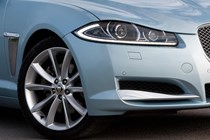
.jpg)
.jpg)
.jpg)
.jpg)
.jpg)
.jpg)
.jpg)
.jpg)
.jpg)
.jpg)
.jpg)
.jpg)
.jpg)
.jpg)
.jpg)
.jpg)
.jpg)
.jpg)
.jpg)
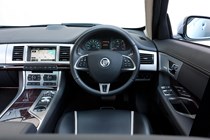
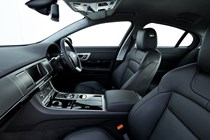
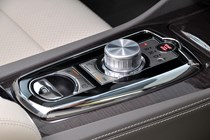
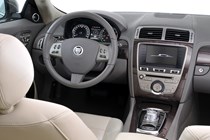
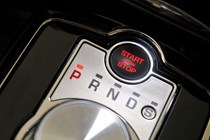
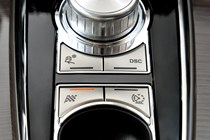
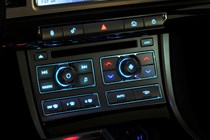
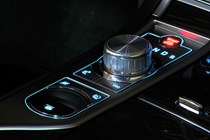

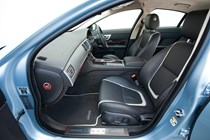

.jpg)
.jpg)
.jpg)
.jpg)
.jpg)
.jpg)
.jpg)
.jpg)
.jpg)
.jpg)
.jpg)
.jpg)
.jpg)
.jpg)
.jpg)
.jpg)
.jpg)
.jpg)
.jpg)
.jpg)
.jpg)
.jpg)
.jpg)
.jpg)
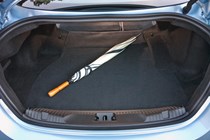
.jpg)
.jpg)
.jpg)
.jpg)
.jpg)
.jpg)
.jpg)
.jpg)
.jpg)
.jpg)
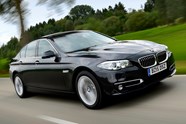
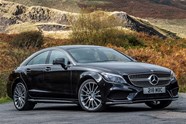
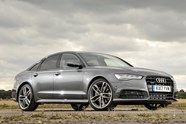






.jpg?quality=50)

.jpg?quality=50)
.jpg?quality=50)
.jpg?quality=50)
.jpg?quality=50)
.jpg?quality=50)
.jpg?quality=50)
.jpg?quality=50)
.jpg?quality=50)
.jpg?quality=50)
.jpg?quality=50)
.jpg?quality=50)
.jpg?quality=50)
.jpg?quality=50)
.jpg?quality=50)
.jpg?quality=50)
























.jpg?quality=50)
.jpg?quality=50)
.jpg?quality=50)
.jpg?quality=50)
.jpg?quality=50)
.jpg?quality=50)
.jpg?quality=50)
.jpg?quality=50)
.jpg?quality=50)
.jpg?quality=50)
.jpg?quality=50)
.jpg?quality=50)
.jpg?quality=50)
.jpg?quality=50)
.jpg?quality=50)
.jpg?quality=50)
.jpg?quality=50)
.jpg?quality=50)
.jpg?quality=50)











.jpg?quality=50)
.jpg?quality=50)
.jpg?quality=50)
.jpg?quality=50)
.jpg?quality=50)
.jpg?quality=50)
.jpg?quality=50)
.jpg?quality=50)
.jpg?quality=50)
.jpg?quality=50)
.jpg?quality=50)
.jpg?quality=50)
.jpg?quality=50)
.jpg?quality=50)
.jpg?quality=50)
.jpg?quality=50)
.jpg?quality=50)
.jpg?quality=50)
.jpg?quality=50)
.jpg?quality=50)
.jpg?quality=50)
.jpg?quality=50)
.jpg?quality=50)
.jpg?quality=50)

.jpg?quality=50)
.jpg?quality=50)
.jpg?quality=50)
.jpg?quality=50)
.jpg?quality=50)
.jpg?quality=50)
.jpg?quality=50)
.jpg?quality=50)
.jpg?quality=50)
.jpg?quality=50)